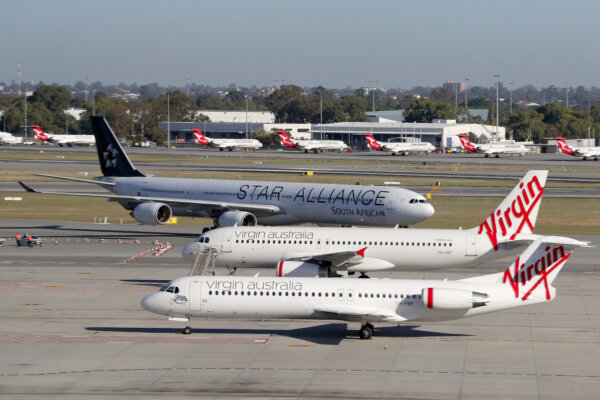
Air New Zealand has decided to abandon its 2030 emissions reduction target due to challenges with sustainable jet fuel. The question remains: will this technology ever become viable?
Analysis
The use of SAF, which is produced from renewable biomass and waste resources, is on the rise.
Data from the U.S. Environmental Protection Agency shows a steady increase in SAF consumption over the years.
While SAF is typically blended with traditional jet fuel at a ratio of around five percent, some products have been approved for blends of up to 50 percent.
The feasibility of 100 percent SAF flights has already been demonstrated, with a United Airlines Boeing 737 MAX successfully completing a passenger-carrying flight using only SAF.
Challenges in Adoption
Despite the potential benefits of SAF in reducing carbon emissions, the adoption of this alternative fuel remains low on a global scale.
A study by Bain & Co predicts that SAF prices will remain higher than traditional jet fuel prices in 2050, leading to increased operating costs for airlines.
Efficiency Concerns
Commercial airline pilots have raised concerns about the energy-to-weight ratio of biofuel, which can impact the performance of aircraft in real-world scenarios.
The lower energy value of biofuel compared to traditional jet fuel can result in higher fuel consumption to achieve the same level of performance, offsetting the environmental benefits of using SAF.
Long Road to Net Zero
The aviation industry is facing challenges in meeting its net zero emissions target by 2050, with alternative technologies like hydrogen and electric propulsion only expected to reduce a small fraction of emissions.
Efforts to decarbonize the industry may lead to increased ticket prices and reduced air traffic growth, posing further challenges for airlines.
While there are opportunities to improve fuel efficiency and operational practices, the transition to net zero emissions in commercial aviation is expected to be complex and lengthy.






